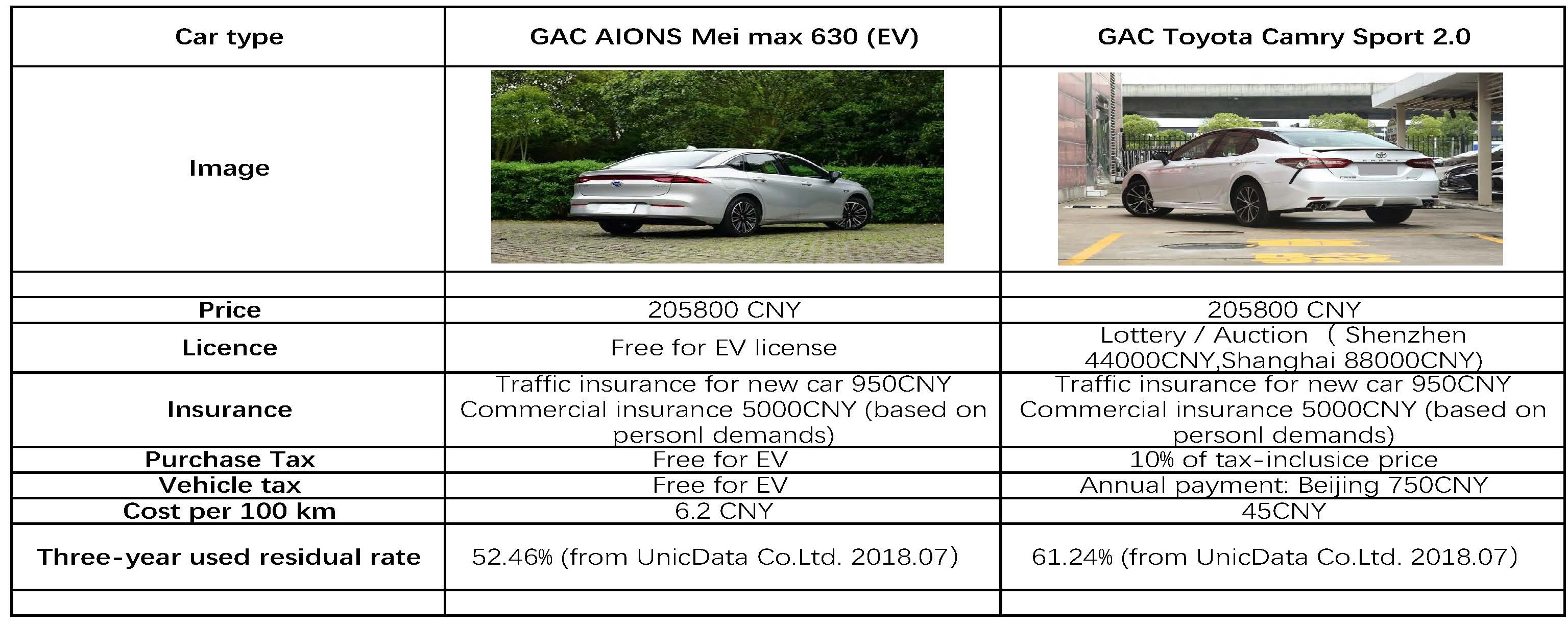

In the realm of road transportation, behavioral economics can assist policymakers to encourage customers to use public transportation more frequently.[1] In addition, a growing body of research indicates that behavioral economics approaches can play a significant role in decarbonizing road transport by increasing customer acceptability of electric vehicles for their purchase and use.
Analytical Framework: Barrier-Bias-Intervention
In recent years, the subject of how behavioral economics and behavioral science programs may accelerate the replacement of fuel vehicles with electric vehicles has been a top focus for policymakers in several countries. The Department for Transport of the United Kingdom has commissioned the Behavioral Insight Team and the Transport Research Laboratory to produce a report on how to expedite the development of electric vehicles in the United Kingdom by July 2020.[2] The nearly 300-page report used behavioral science methods and consumer polling to identify the key factors preventing electric vehicles from replacing fuel vehicles, helped to meet transport and carbon emissions targets and proposed a variety of behavioral change promotion measures to remove the barriers. In 2018, the New Zealand Ministry of Environment also published research examining how behavioral science can accelerate the development of electric vehicles and cut carbon emissions from road traffic.[3]
Barriers, biases, and interventions are the three dimensions of the analytical framework often employed in behavioral economics to encourage behavior change. Before policy interventions can be implemented, it is necessary, as depicted in Figure 1, to comprehend the primary barriers to EV development. As well, the psychological and social reasons behind these factors are related to social, group, and individual decision making, referred to in behavioral economics as "Biases." In behavioral economics, identifying the barriers is the starting point. Identifying the "biases" of the decision-maker or consumer is the key to better understand the underlying causes and context behind the barriers in order to find more targeted solutions to reduce the biases and overcome the barriers.
The public awareness and affordability of EVs (both in terms of the purchase cost and usage cost), the charging infrastructure and user-friendliness of the charging experience, and the performance of EVs all influence its acceptance by more consumers (both in terms of range and driving experience). In a written interview performed by Granite with a German car firm with productions in China regarding the development of electric vehicles, the respondent discussed the differing perspectives of EU and Chinese consumers regarding electric vehicles. EU consumers are more likely than Chinese consumers to view electric cars as a high-tech product that surpasses fuel cars. Range, charging infrastructure (density of public charging posts, charging time), and vehicle acquisition cost are the most significant obstacles in relation to cost, technology, experience, and social acceptance. What "prejudices" lie behind these evident barriers? How can they be identified, and how can customers be guided to overlook them rationally?
Figure 1: Analytical framework for changing behavior

Source: Reducing barriers to Electric Vehicle uptake: Behavioural insights analysis and review. Ministry for the Environment, 2018.Link:https://www.iccc.mfe.govt.nz/assets/PDF_Library/ad42c96b5f/MfE-Reducing-Barriers-to-Electric-Vehicle-Uptake.pdf
One of the most prominent examples is the cost and pricing of electric automobiles. In general, consumers' preconceived judgments exaggerate the utility impact of current or short-term cost and benefit evaluations, i.e., they forego purchasing an EV because the one-time acquisition cost of an EV is higher than that of a fuel vehicle; conversely, they underestimate or ignore the utility impact of future or long-term cost and benefit evaluations, i.e., they frequently overlook the significant economics advantages of EVs over fuel vehicles during its life time. Therefore, the "bias" that EVs are more expensive can be combated by providing information on the whole cost of EVs to assist consumers in making objective selections.
Intervention: Start with driving experience and total expense
Automobile Original Equipment Manufacturers (OEMs), car-sharing firms, and rental car agencies can all employ behavioral economics to encourage consumer adoption of electric vehicles. In partnership with Nissan auto dealers, the New Zealand car rental firm Blue Cars offers a cheap four- or seven-day Nissan Leaf rental program with a complimentary course on driving and charging an electric vehicle. Blue Cars is responsible for negotiating a NZ$500 discount with the Nissan dealership if a consumer decides to purchase a Nissan Leaf at the end of the lease.
In addition to displaying the price and functional features of the vehicle, electric car dealers also emphasize the cost advantages of using electric cars (the cost of electricity consumption per 100 kilometers is significantly lower than the cost of gasoline consumption per 100 kilometers for fuel cars), allowing buyers to compare the total lifetime cost of fuel cars and electric cars more rationally.
Figure 2: Combined cost comparison of fuel and electric vehicles in China

Source: TMC POWER,tmcpower.cn
Conclusion: How to Identify "Bias"
Decades of behavioral science study on the complexity, limited rationality, and "irrationality" of human decision-making have contributed to a greater understanding of consumer prejudice against electric vehicles. Whether it is the one-sided perception of the price of electric vehicles, the conscious or unconscious disregard for the improved battery safety and range levels brought about by technological advancements, or the tendency to avoid risk when the odds of risk and benefit are equal (because the loss has a greater psychological and emotional impact than gain), recognizing bias is a gradual and sequential process. The advancement of behavioral science has brought crucial analytical methods and tools for this process, and the author will continue to explain in future articles how to more scientifically identify the many "biases" that slow the growth of electric vehicles.
Note:
[1] Nudging Sustainable Mobility. :Link: https://datasmart.ash.harvard.edu/news/article/nudging-sustainable-mobility
[2] Link to full report:https://assets.publishing.service.gov.uk/government/uploads/system/uploads/attachment_data/file/914111/driving-and-accelerating-the-adoption-of-electric-vehicles-in-the-uk.pdf
[3] Reducing barriers to Electric Vehicle uptake: Behavioural insights analysis and review. Ministry for the Environment, 2018. Link: https://www.iccc.mfe.govt.nz/assets/PDF_Library/ad42c96b5f/MfE-Reducing-Barriers-to-Electric-Vehicle-Uptake.pdf
Author:Zhao Ang
Translation: Duan Yuxuan
Proofread: Pan Yiren
This article is an original article of the Rock Environment and Energy Institute. Please contact us to obtain the appropriate authorization to reprint. For cooperation and authorization, please send an email to: liying@reei.org.cn
* This is the translation of an article in Chinese. Should there be any inconsistency between Chinese and English version, the Chinese version shall prevail.




